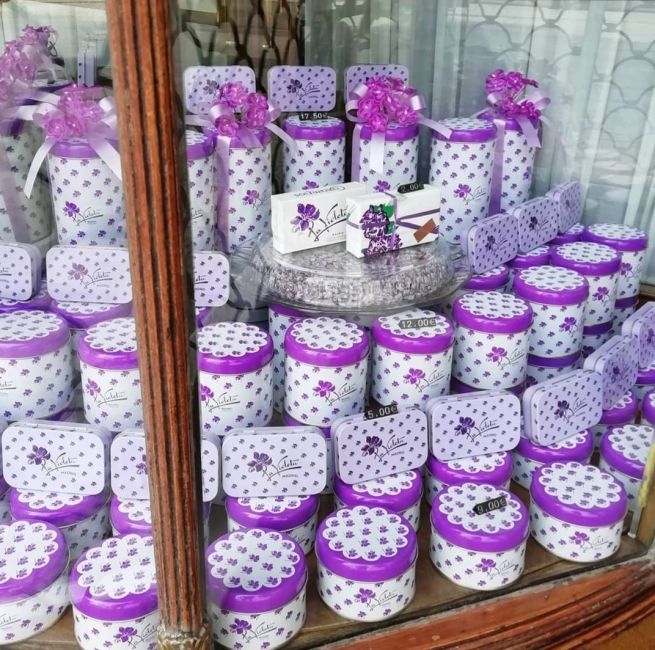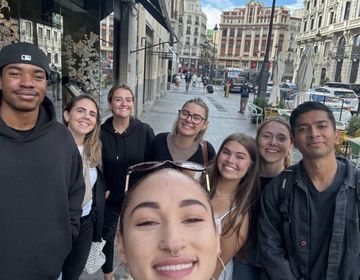Media Communications Course in Madrid: Charlie Chaplin, the Flower Girl and Violet Candy
One of Hollywood´s iconic comedians, Charlie Chaplin, had a unique inspiration in Madrid: The flower seller girl and violet candy. In one of our more popular communication courses in Madrid, "Media, Gender and Identity," the class explores popular representations in both the US and Madrid. Using the case study of Charlie Chaplin students sought to examine how the song, La Violetera (which in Spanish, a Violetera is a woman who sells violet flowers and candy) was adapted by Charlie Chaplin for the soundtrack of his biggest box office hit, City Lights (1931).
City Lights marked the first time Chaplin composed a film score for one of his silent films, which had already lost in popularity as a movie genre in the early 1930s. The main tune played on the soundtrack is the 1914 vaudeville song La Violetera from Spanish composer José Padilla. Chaplin lost a lawsuit to Padilla for not crediting him when the film became a smash hit at the box office. Chaplin´s film was enthusiastically received by Depression-era audiences as the story comically dealt with clumsy masculinity and a blind woman from a low economic background, giving hope and inspiration for the future.
In Madrid, flower girls used to roam the streets to sell violets collected near the Río Manzanares riverbeds. Violet flower leafs were also made into a candy that is still sold today in one of the oldest family-run candy shops in the capital, called La Violeta, only two blocks from the CIEE classrooms. Nowadays, the song La Violetera and its connection with Chaplin is remembered with a statue in Madrid near the Royal palace, in the historic district and is one of the few public displays dedicated to women in the Spanish capital. The film City Lights is now considered a masterpiece, and violet candy is a treasured Madrid souvenir.
Related Posts
My Study Abroad Experience in Madrid: Living, Learning, and Exploring Europe
By Julia Garey Studying abroad is often described as one of the most transformative experiences in a student’s life, as I did when my Open Campus 2 block in Madrid... keep reading
My Unforgettable Semester Abroad in Madrid
By: Mariah Kirylo Madrid has been a transformative experience for me, letting me get a sense of the Spanish life/testament to history and allowing academic growth as well developing forever... keep reading
I Speak Spanish! Why Are People Speaking to Me in English?!
By: Sophie Lakin It feels like most of the time I try to talk to anyone in Spanish, they respond to me in English! I began to think if it... keep reading








